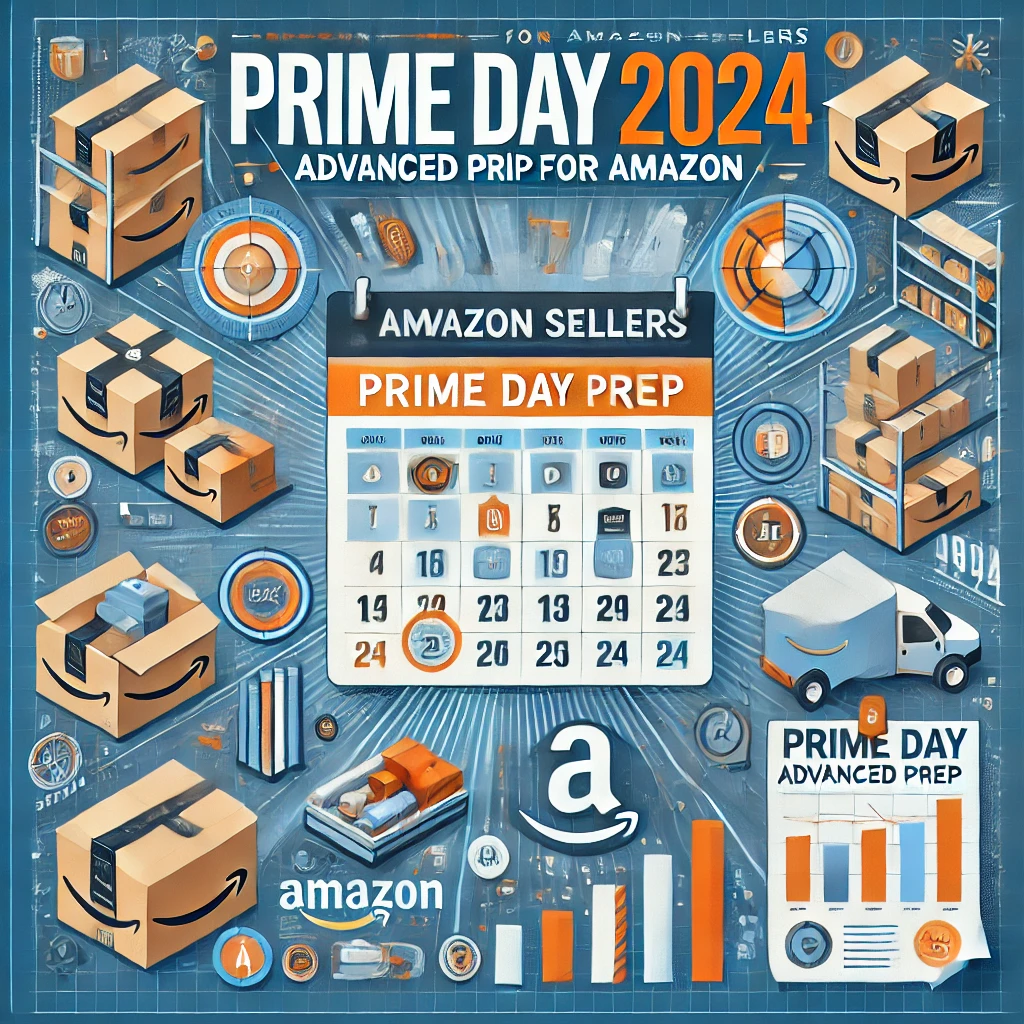June 20th was the Prime Day inventory deadline and missing it can feel like a major setback but it’s not the end of the road.There are several strategies you can employ to mitigate the impact and still take advantage of the Prime Day rush. Here’s a detailed look at what you can do if you find yourself in this situation.
Table of Contents
ToggleImmediate Actions to Mitigate Impact
If you’ve missed the deadline, the first step is to get any remaining inventory to Amazon’s fulfillment centers as quickly as possible. This might mean opting for expedited shipping, which can be costly but ensures your products arrive sooner. If you have inventory in other locations, reallocating it to Amazon’s centers might also help.
For the inventory that is already in Amazon’s warehouses, ensure it’s fully optimized. This means checking that your listings are updated with high-quality images, detailed descriptions, and relevant keywords. Amazon’s recent expansion of search term limits allows up to five fields of 500 characters each, providing ample space to boost your product visibility through SEO.
Leveraging Advertising and External Promotions
Even if you can’t take advantage of Prime Day deals, you can still drive traffic to your listings. Increasing your budget for Amazon Sponsored Products and Sponsored Brands ads can help boost your visibility. These ads are critical during high-traffic periods like Prime Day, as they place your products in front of eager shoppers.
Don’t forget the power of external traffic. Use social media platforms, email marketing campaigns, and even influencers to promote your products. Highlight any ongoing promotions or discounts to attract price-sensitive customers. This multi-channel approach can compensate for not being part of the Prime Day deals.
Adjusting Your Inventory Strategy
Consider switching some of your listings to Fulfillment by Merchant (FBM) if you can handle shipping orders yourself. This allows you to continue selling products that aren’t in Amazon’s fulfillment centers. While this can introduce complexities in logistics, it ensures that your products remain available to customers.
If your inventory is still in transit, regularly check its status and communicate any delays to Amazon. Amazon’s tools, like the FBA Inventory tool, are invaluable for monitoring stock levels and managing inventory effectively. Utilize these tools to prevent future stockouts and to keep your operations running smoothly.
Preparing for the Next Big Event
Reflecting on the missed deadline, use the experience to better prepare for future events. Start planning early for other major shopping periods like Black Friday, Cyber Monday, or even the next Prime Day. Analyze sales data from past events to forecast inventory needs more accurately and avoid repeating the same mistakes.
Keep up with Amazon’s policy updates and ensure you’re aware of any changes well in advance. For example, recent adjustments include a new returns processing fee for high-return-rate products and changes to storage fees. Staying informed about these updates can help you better manage your inventory and finances.
Enhancing Customer Engagement
Excellent customer service is always crucial, but it’s especially important during high-demand periods. Respond promptly to customer inquiries and address any issues quickly to maintain positive reviews and repeat business. Happy customers are more likely to leave good reviews, which can significantly impact your sales and visibility on Amazon.
Focus on optimizing your current listings, leveraging advertising, and maintaining excellent customer service. Use this experience to refine your processes and ensure you’re better prepared for future sales events. With a proactive approach, you can still make the most of Prime Day and set the stage for success in upcoming opportunities.




